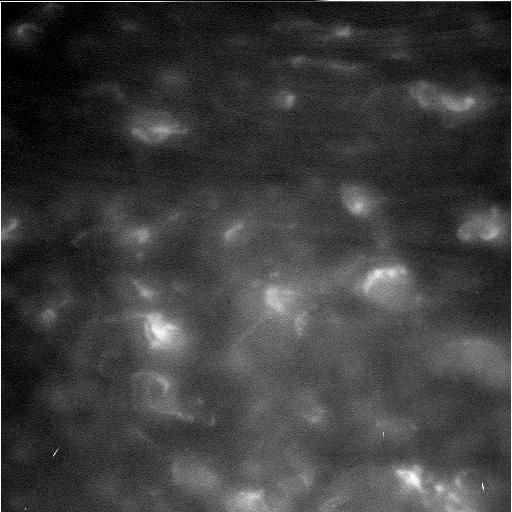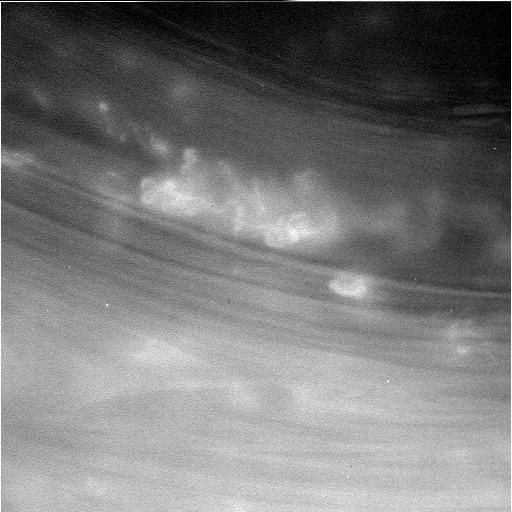Photos Between Saturn And Its Rings: NASA’s Cassini Spacecraft Dives For Science

After a dangerous mission to a place on Saturn no one has ever gone before, NASA’s Cassini spacecraft is back in contact with the space agency — and it has sent back photos.
The spacecraft was out of contact with NASA for nearly 24 hours as it took a dive through the narrow space between Saturn and its rings on a reconnaissance mission. But Cassini came back online this morning and “is in the process of beaming back science and engineering data collected during its passage,” NASA said.
The data includes images of Saturn’s atmosphere, taken from a closer range than scientists have ever had before: just 1,900 miles away from it clouds and 200 miles from the rings’ innermost edge.

“No spacecraft has ever been this close to Saturn before,” Earl Maize, Cassini’s project manager at NASA’s Jet Propulsion Laboratory, said in the NASA release. “We could only rely on predictions, based on our experience with Saturn's other rings, of what we thought this gap between the rings and Saturn would be like.”
Read: What Earth Looks Like If You’re Living on Saturn
The unknown was what made the journey so risky — experts feared there would be ice and space rocks in the gap. Cassini was diving at 77,000 miles per hour, a speed at which even something tiny could potentially damage the craft. To prevent that damage, the scientists moved Cassini’s antenna to be used as a shield against fast-moving particles. The angling of the antenna away from Earth is what made communication with the spacecraft go dark for the day.

“In the grandest tradition of exploration, NASA’s Cassini spacecraft has once again blazed a trail, showing us new wonders and demonstrating where our curiosity can take us if we dare,” Jim Green, director of NASA’s Planetary Science Division, said in the statement.
This first dive into the narrow gap gathered information about the area and paved the way for 21 more plunges, with the next due on May 2.
Cassini is going around Saturn about once a week right now, during its final months of service to NASA, what the space agency is calling The Grand Finale. It has been sending back photos and information from Saturn and its moons since it arrived at the outer solar system planet in 2004, but is nearing the end. Shortly before it runs out of fuel later this year, the scientists will send it down into Saturn’s atmosphere to burn up.
See also:
© Copyright IBTimes 2024. All rights reserved.



















